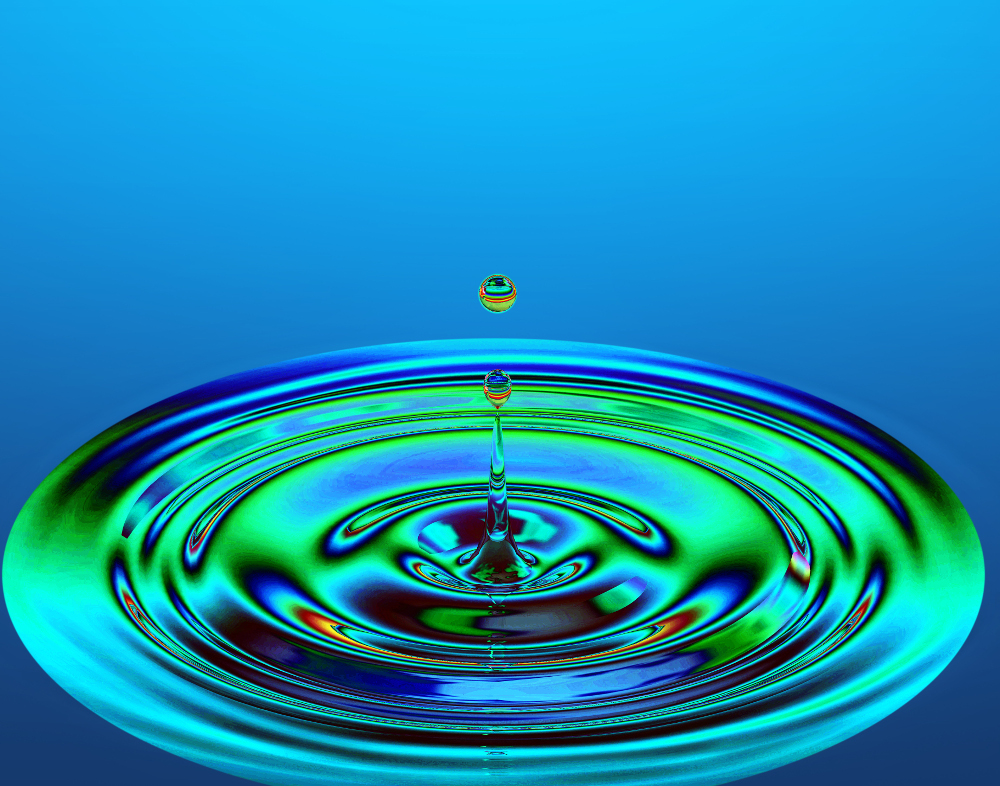Sound drives hydro-boost
 Engineers in Melbourne have used sound waves to massively boost production of green hydrogen.
Engineers in Melbourne have used sound waves to massively boost production of green hydrogen.
The team says their new acoustic device offers a promising way to tap into a plentiful supply of cheap hydrogen fuel for transportation and other sectors, which could radically reduce carbon emissions and help fight climate change.
Electrolysis involves electricity running through water with two electrodes to split water molecules into oxygen and hydrogen gases, which appear as bubbles.
This process produces ‘green’ hydrogen, which represents just a small fraction of hydrogen production globally due to the high energy required. Most hydrogen is produced from splitting natural gas, known as ‘blue’ hydrogen, which emits greenhouse gases into the atmosphere.
By using high-frequency vibrations to “divide and conquer” individual water molecules during electrolysis, the local team managed to split the water molecules to release 14 times more hydrogen compared with standard electrolysis techniques.
Associate Professor Amgad Rezk from RMIT University, who led the work, said the team’s innovation tackles big challenges for green hydrogen production.
“One of the main challenges of electrolysis is the high cost of electrode materials used, such as platinum or iridium,” said Dr Rezk.
“With sound waves making it much easier to extract hydrogen from water, it eliminates the need to use corrosive electrolytes and expensive electrodes such as platinum or iridium.
“As water is not a corrosive electrolyte, we can use much cheaper electrode materials such as silver.”
The ability to use low-cost electrode materials and avoiding the use of highly corrosive electrolytes were game changers for lowering the costs of producing green hydrogen, Dr Rezk said.
First author Yemima Ehrnst said the sound waves also prevented the build-up of hydrogen and oxygen bubbles on the electrodes, which greatly improved its conductivity and stability.
“Electrode materials used in electrolysis suffer from hydrogen and oxygen gas build-up, forming a gas layer that minimises the electrodes’ activity and significantly reduces its performance,” said Ms Ehrnst, a PhD researcher at RMIT’s School of Engineering.
As part of their experiments the team measured the amount of hydrogen produced through electrolysis with and without sound waves from the electrical output.
“The electrical output of the electrolysis with sound waves was about 14 times greater than electrolysis without them, for a given input voltage. This was equivalent to the amount of hydrogen produced,” Ms Ehrnst said.
An Australian provisional patent application has been filed to protect the new technology.
More details are accessible here.







 Print
Print